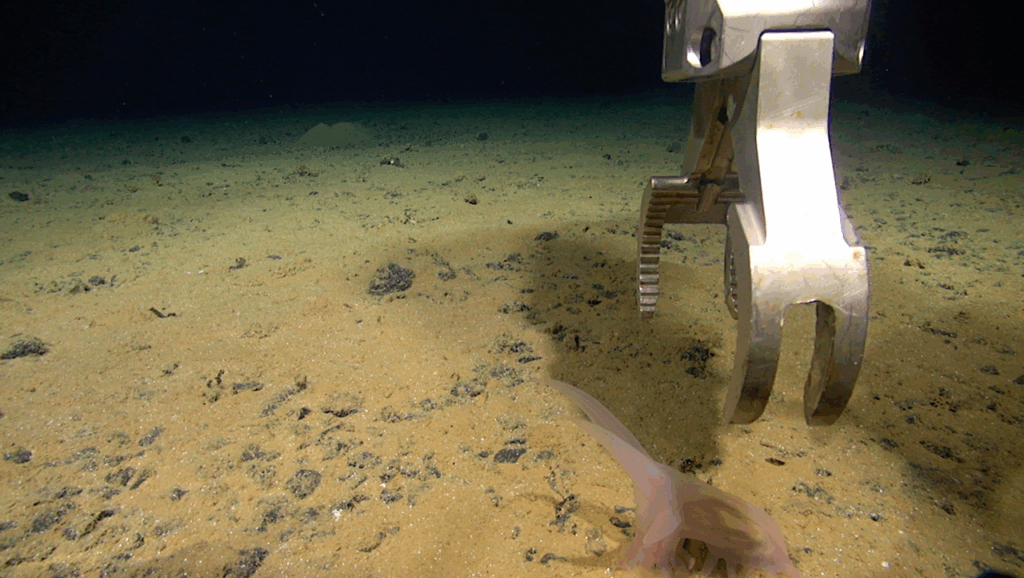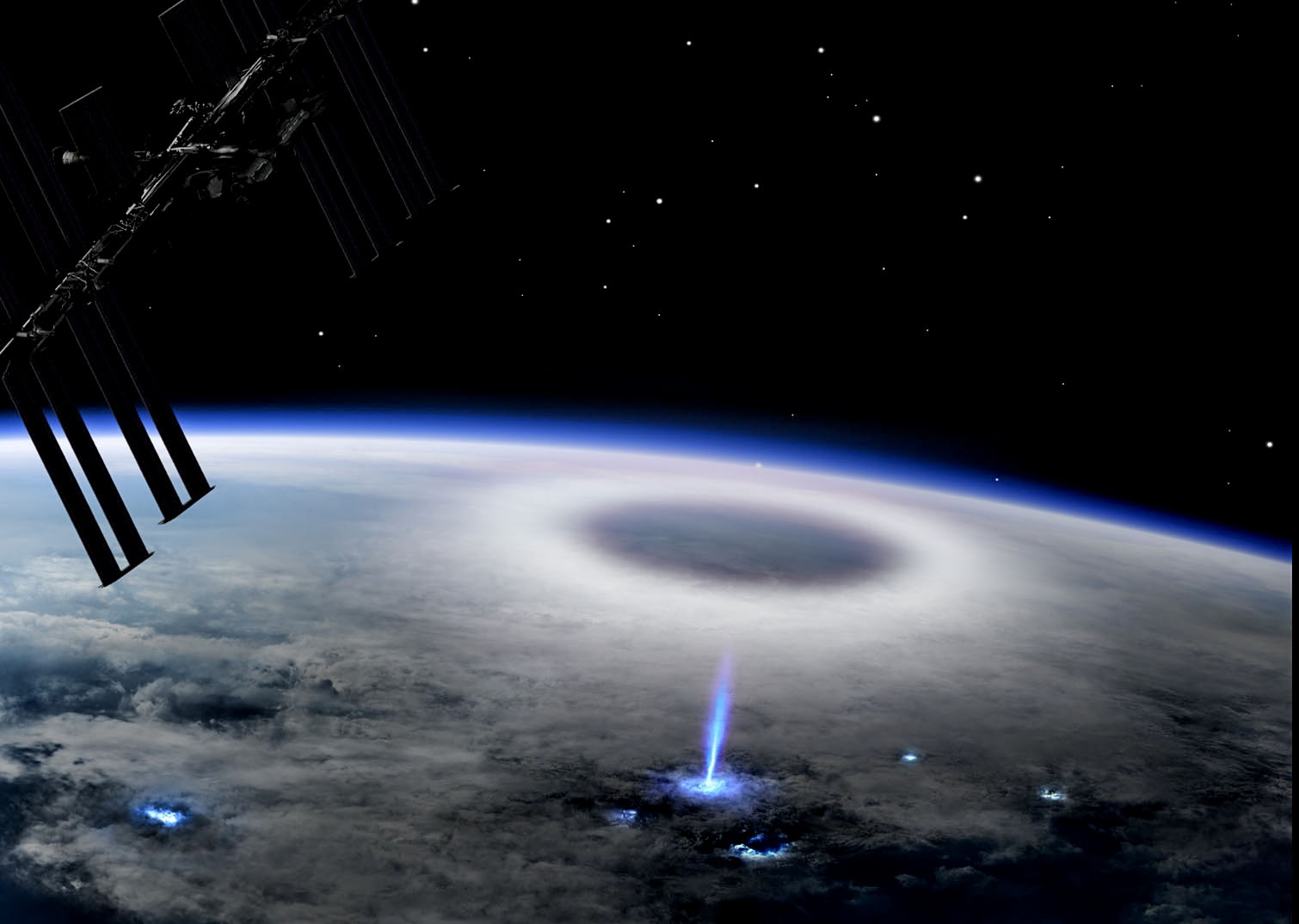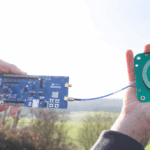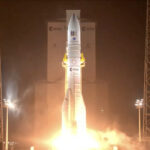Now Reading: ELVIS: Pioneering Imaging System to Enhance Space Biology and Life Detection
-
01
ELVIS: Pioneering Imaging System to Enhance Space Biology and Life Detection
ELVIS: Pioneering Imaging System to Enhance Space Biology and Life Detection
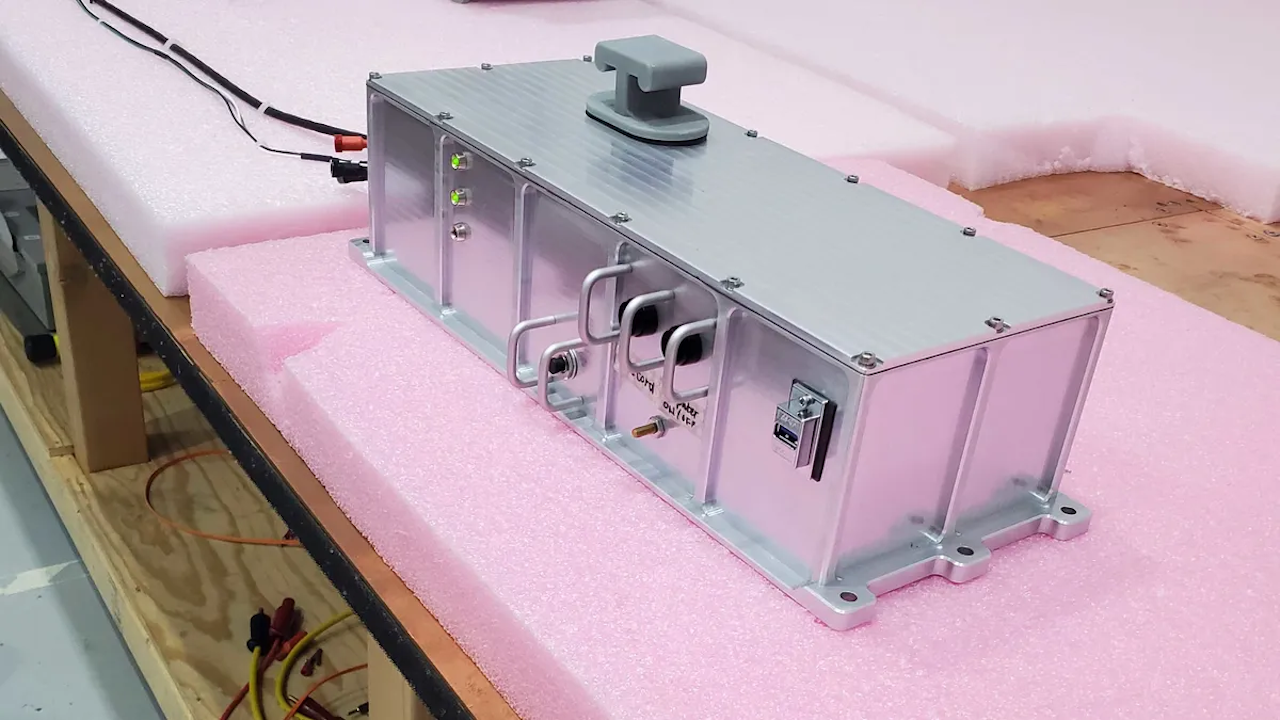

Portland State University’s ELVIS 3D microscopy system during testing here on Earth. (Image credit: Jay Nadeau)
Onboard the International Space Station (ISS), the Extant Life Volumetric Imaging System, dubbed ELVIS, is not about resurrecting rock-n-roll legends but pioneering scientific discovery. Using innovative holographic technology to deliver detailed 3D views of cells and microbes, the system allows scientists to study the adaptability and resilience of life under extreme conditions. Knowledge gained could reveal how life might persist on distant moons and planets, significantly enhancing our search for life outside Earth.
Beyond the capabilities of traditional two-dimensional microscopes, ELVIS offers scientists a closer look at the intricate structure, volume, and environmental interactions of cellular organisms. This detailed view enables more accurate biological assessments that could shed light on the ability of life to thrive in the most extreme environments of space.
Portland State University (PSU), in collaboration with NASA’s Jet Propulsion Laboratory, spearheaded the ELVIS project, which launched on SpaceX’s 32nd Commercial Resupply Services (CRS) mission, contracted by NASA. The investigation, sponsored by the ISS National Laboratory®, combined expertise in biology, physics, and cutting-edge imaging technology, says Jay Nadeau, a physics professor at PSU and a principal investigator on the project.
“We are thrilled to leverage the ISS National Lab to prepare ELVIS for its future roles in space exploration missions,” says Nadeau. She added, “The successful operation of ELVIS in the demanding conditions of space not only paves the way for its use in off-Earth environments but also holds implications for enhancing biomedical and microbiological research on our planet.”
During its tenure in space, ELVIS focused its analysis on two resilient types of Earth-based life forms: Euglena gracilis, a microalga lauded for its adaptability, and Colwellia psychrerythraea, a bacterium that thrives in frigid ocean waters. This study went beyond merely observing organisms; it also tested their observable and genetic adaptations to microgravity. The insights gained could illuminate how life might survive beneath the icy shells of distant moons like Europa and Enceladus.
Built to endure the rigors of space, ELVIS incorporates durable, low-maintenance components and features automation that minimizes astronaut involvement, ensuring experiments can run continuously without disruption. The investigation tested the system’s full potential to explore the resilience and adaptability of life under extreme conditions.

Nikki Johnston, a Ph.D. student at Portland State University, stands next to the Extant Life Volumetric Imaging System (ELVIS). This innovative system aims to advance how we study cellular processes in space. Image courtesy of Jay Nadeau
See A multi-modal volumetric microscope with automated sample handling for surveying microbial life in liquid samples, Frontiers in Astronomy and Space Sciences, Sec. Astrobiology Volume 9 – 2022 | https://doi.org/10.3389/fspas.2022.763329 (open access)
See Tricorder Tech: Extant Life Detection Using Label-Free Video Microscopy In Analog Aquatic Environments, Astrobiology.com
Extant life detection using label-free video microscopy in analog aquatic environments, PLoS One. 2025 Mar 12;20(3):e0318239. doi: 10.1371/journal.pone.0318239 (open access)
Astrobiology, space biology,
Stay Informed With the Latest & Most Important News
Previous Post
Next Post
Previous Post
Next Post
-
 012024 in Review: Highlights from NASA in Silicon Valley
012024 in Review: Highlights from NASA in Silicon Valley -
 02Panasonic Leica Summilux DG 15mm f/1.7 ASPH review
02Panasonic Leica Summilux DG 15mm f/1.7 ASPH review -
 03From Polymerization-Enabled Folding and Assembly to Chemical Evolution: Key Processes for Emergence of Functional Polymers in the Origin of Life
03From Polymerization-Enabled Folding and Assembly to Chemical Evolution: Key Processes for Emergence of Functional Polymers in the Origin of Life -
 04How New NASA, India Earth Satellite NISAR Will See Earth
04How New NASA, India Earth Satellite NISAR Will See Earth -
 05And Thus Begins A New Year For Life On Earth
05And Thus Begins A New Year For Life On Earth -
 06Astronomy Activation Ambassadors: A New Era
06Astronomy Activation Ambassadors: A New Era -
07SpaceX launch surge helps set new global launch record in 2024













